-

I give talks to a lot of different groups around the state, and find that some groups have very different opinions about climate and climate change than others do. It depends on many things, including how old you are, how and what you produce on your farm, and what your political views are. When you…
Posted in: Climate science -
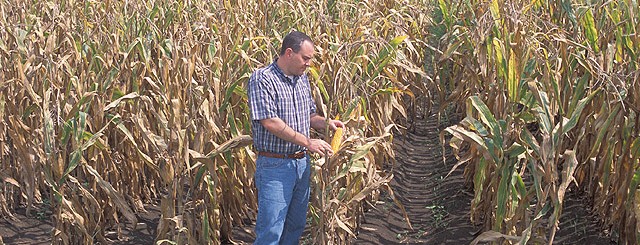
The Omaha World-Herald posted a story this week about how changes in climate, both in rising temperatures and changes in precipitation patterns, are changing agriculture in Nebraska and Iowa. While the amount of warming in the Southeast is not quite as large as in those states, most of the conclusions drawn in this story about…
-

Did you know that the USDA publishes a weekly comprehensive update on weather and climate conditions around the US? If not, you might want to take a look at it to see if any of the information is useful to you. You can find the latest one at https://www.wcc.nrcs.usda.gov/ftpref/support/drought/dmrpt-20180712.pdf. You should be able to get to…
Posted in: Sources of weather and climate data -
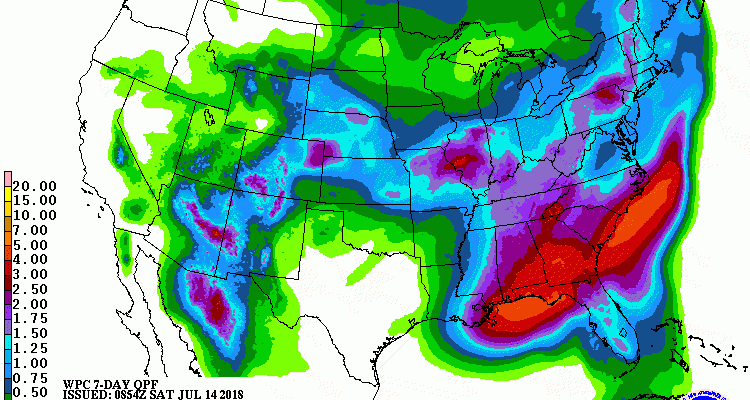
The latest 7-day QPF map shows at least a couple of inches of rain this week across the region. It’s hard to look at the forecast maps and see any 24-hour periods with no rain at all. The driest areas are likely to be northern Alabama and NW Georgia and the central Carolinas and Virginia…
Posted in: Climate outlooks -
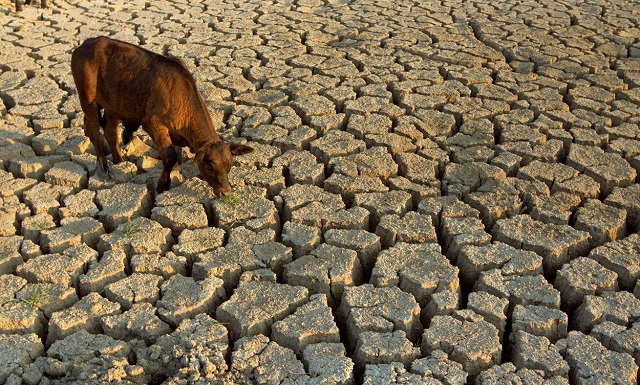
NOAA’s National Integrated Drought Information System (NIDIS) noted this week that the Centers for Disease Control and Prevention (CDC) has released a new publication on preparing for the health impacts of drought. It is a resource guide for public health professionals on what kinds of health issues can occur in dry conditions and how to…
-
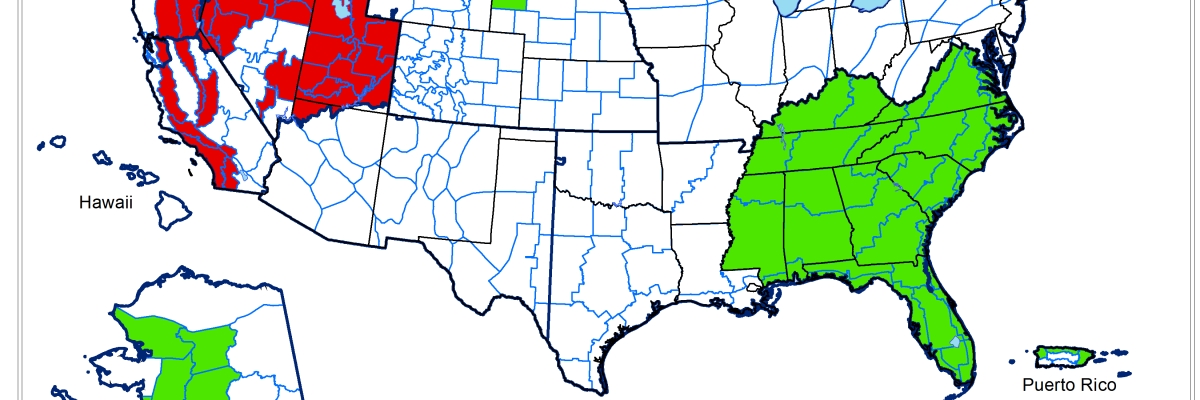
One of the benefits of all of our rain this year has been a reduction in the potential for wildfires. The four-month outlook for significant wildfires from the National Interagency Fire Center shows below-normal potential for each of the next four months. You can see the maps and read more using the link to the…
Posted in: Climate outlooks -
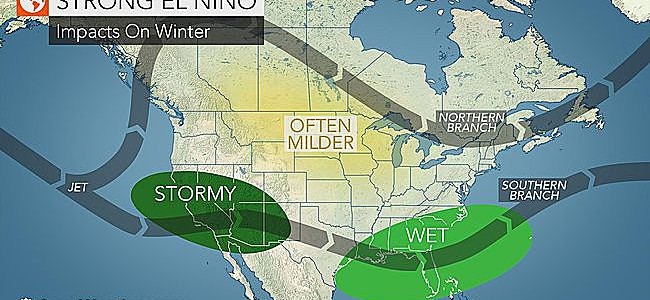
The latest round of ENSO forecasts now puts the chances of an El Niño occurring this winter at 70%, up from 64% last month. Generally once you get past spring, forecasts become more reliable and trustworthy, although they are certainly not perfect. The El Niño, if it occurs as expected, is likely to bring cooler, cloudier…